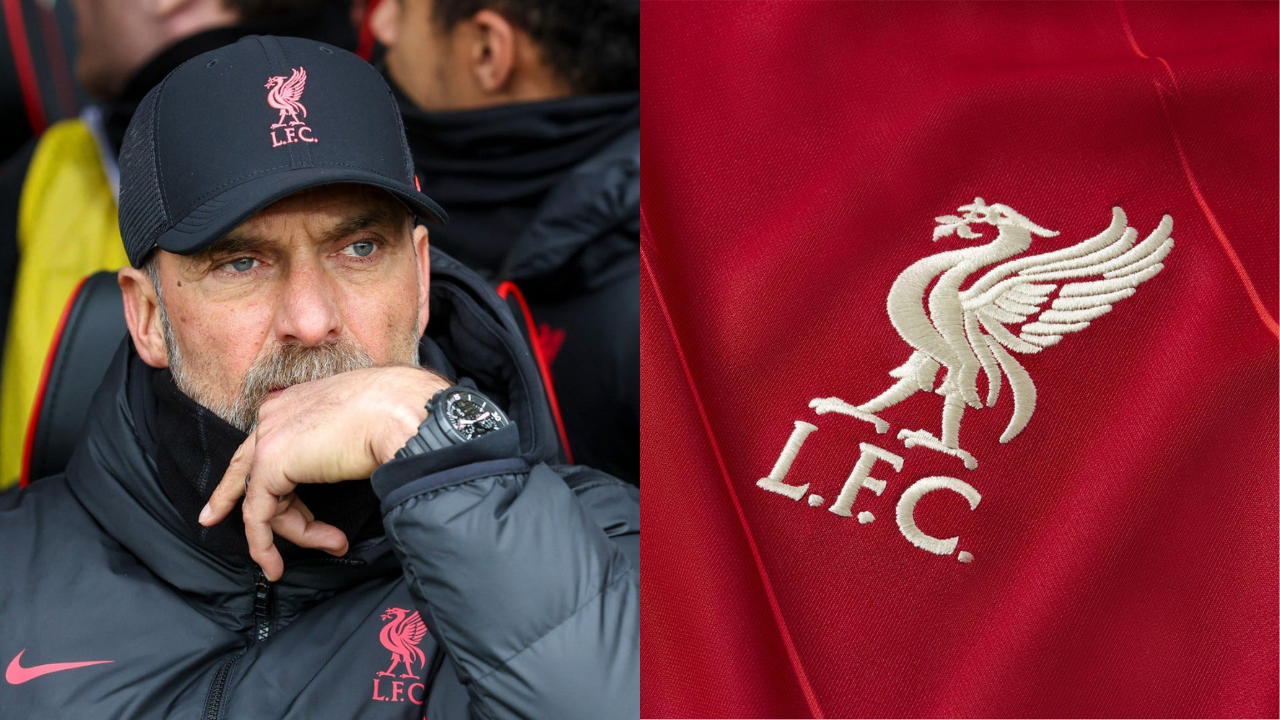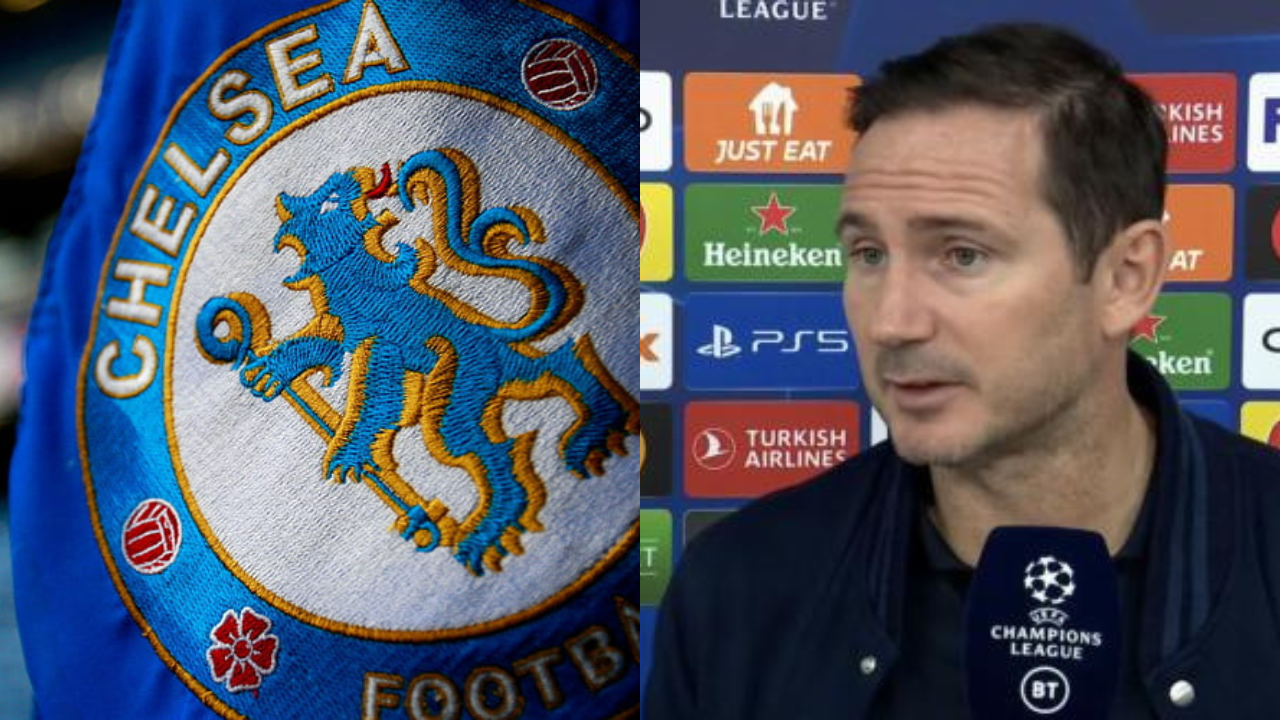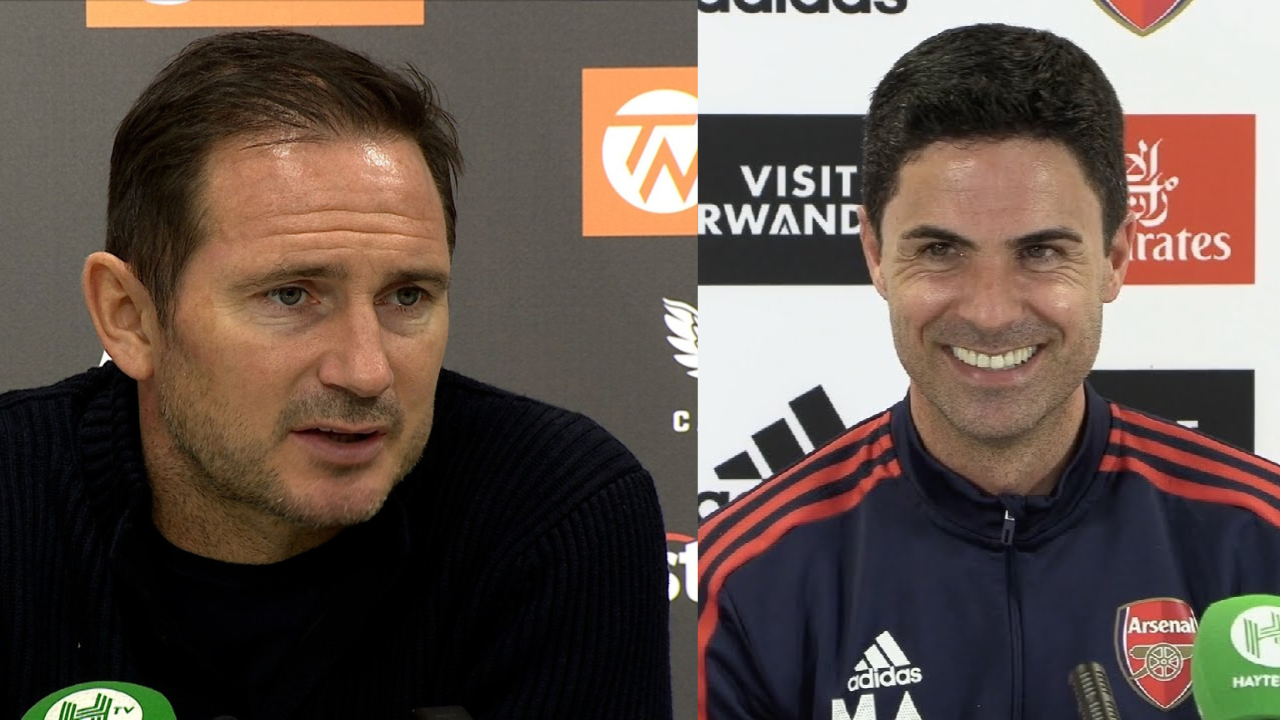
Mark Johnson, a runner from the UK, is making headlines by running the London Marathon backwards this year. Johnson’s unconventional approach to the famous race has garnered attention from around the world, and he recently revealed the breakfast he believes will help him cross the finish line.
Johnson’s lucky breakfast consists of a bowl of porridge with chia seeds, a banana, and a cup of coffee. While this may seem like an unusual choice, there is actually some science to support Johnson’s strategy. The complex carbohydrates in the porridge provide sustained energy for the long race, while the chia seeds offer an extra boost of protein and healthy fats to fuel muscles and reduce inflammation. The banana is high in potassium and other important nutrients that can help prevent cramps and muscle fatigue, and the caffeine in the coffee provides a mental boost and improves focus.
Johnson’s decision to run the marathon backwards is also based on science. According to Johnson, running backwards can help to reduce the impact on joints and muscles, allowing for a lower risk of injury and a more efficient use of energy. While running backwards may seem difficult, Johnson has trained extensively to prepare for the challenge.
“Running the London Marathon Backwards: The Lucky Breakfast That Powers Mark Johnson’s Unconventional Strategy”
Johnson’s unique approach to the London Marathon has inspired many people around the world, and it highlights the importance of trying new things and pushing boundaries in order to achieve success. By incorporating a healthy breakfast and a unique training strategy, Johnson is setting himself up for success and showing that anything is possible with hard work and dedication.
It is important to note that attempting to run a marathon backwards is not something that should be taken lightly. While it can provide some benefits, such as reducing joint impact and muscle fatigue, it can also pose additional risks and challenges. That’s why it’s crucial to consult with a doctor or fitness professional before embarking on any new exercise regimen, especially one as unconventional as running backwards. A thorough assessment of one’s fitness level and physical capabilities is necessary to determine if it’s safe to attempt such an activity.
That being said, Mark Johnson’s story serves as an inspiration and a reminder that there are many different ways to approach fitness and exercise. While traditional methods like running forward and following a standard training program may work for some people, others may benefit from trying something new and experimenting with different strategies. By challenging ourselves to step outside of our comfort zones and try new things, we can push our limits and achieve great results.
Conclusion
Johnson’s success in running the London Marathon backwards also highlights the importance of mental preparation and mindset in achieving one’s goals. The physical challenge of running backwards for 26.2 miles is certainly daunting, but Johnson’s determination and positive attitude have helped him to overcome obstacles and stay focused on his goal. By cultivating a strong mental attitude and staying committed to one’s vision, anyone can achieve success in their fitness journey and in other areas of their lives.
In conclusion, while running a marathon backwards may not be for everyone, Mark Johnson’s story demonstrates the value of experimentation, mental preparation, and determination in achieving one’s goals. By staying open to new ideas and approaches, and seeking the guidance of qualified professionals, anyone can develop a personalized fitness plan that works for their unique needs and goals.
In other news “Part Exchange Deal Decided”, Chelsea wants A Part-Exchange Deal Involving 2 Players Worth €90-100m






